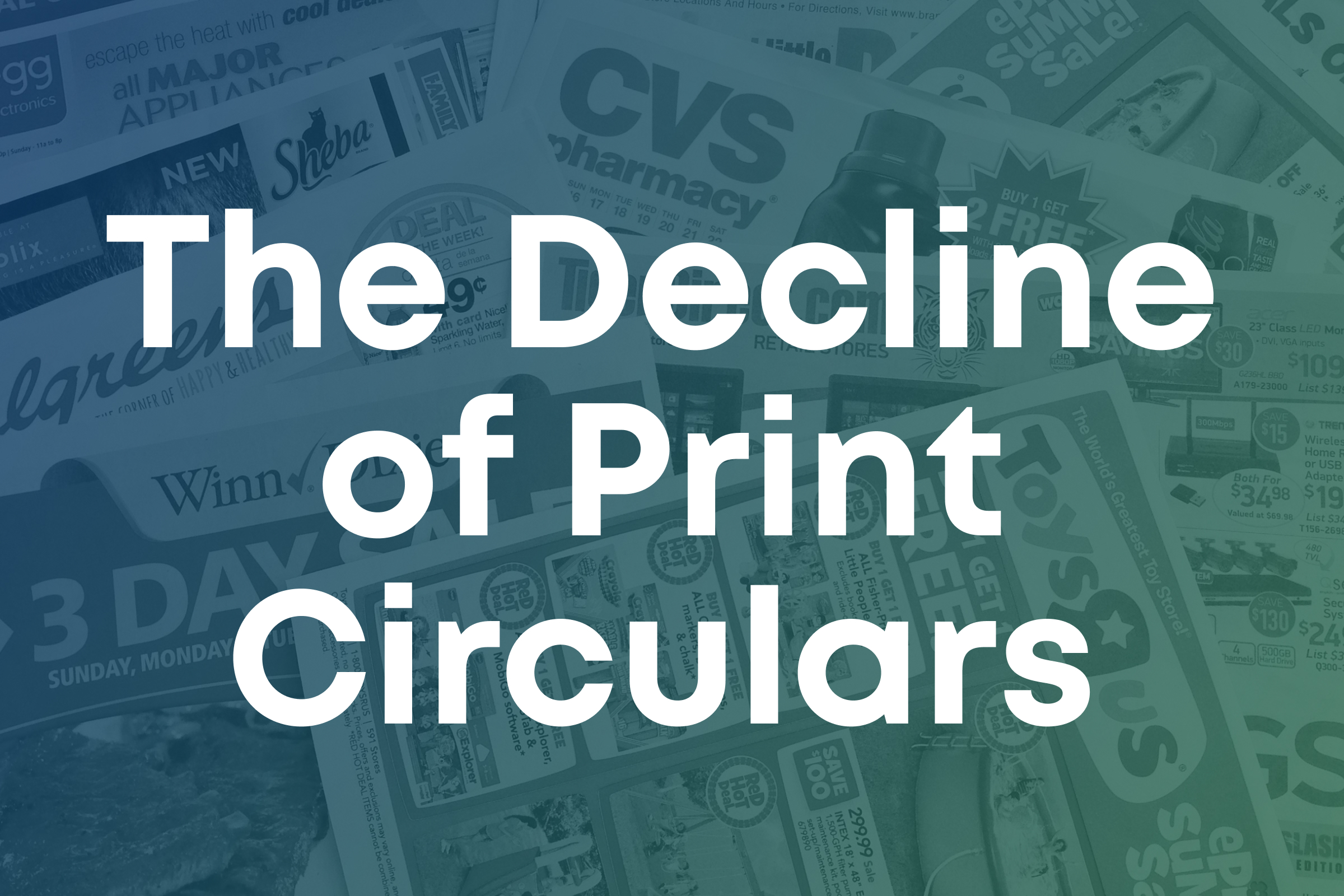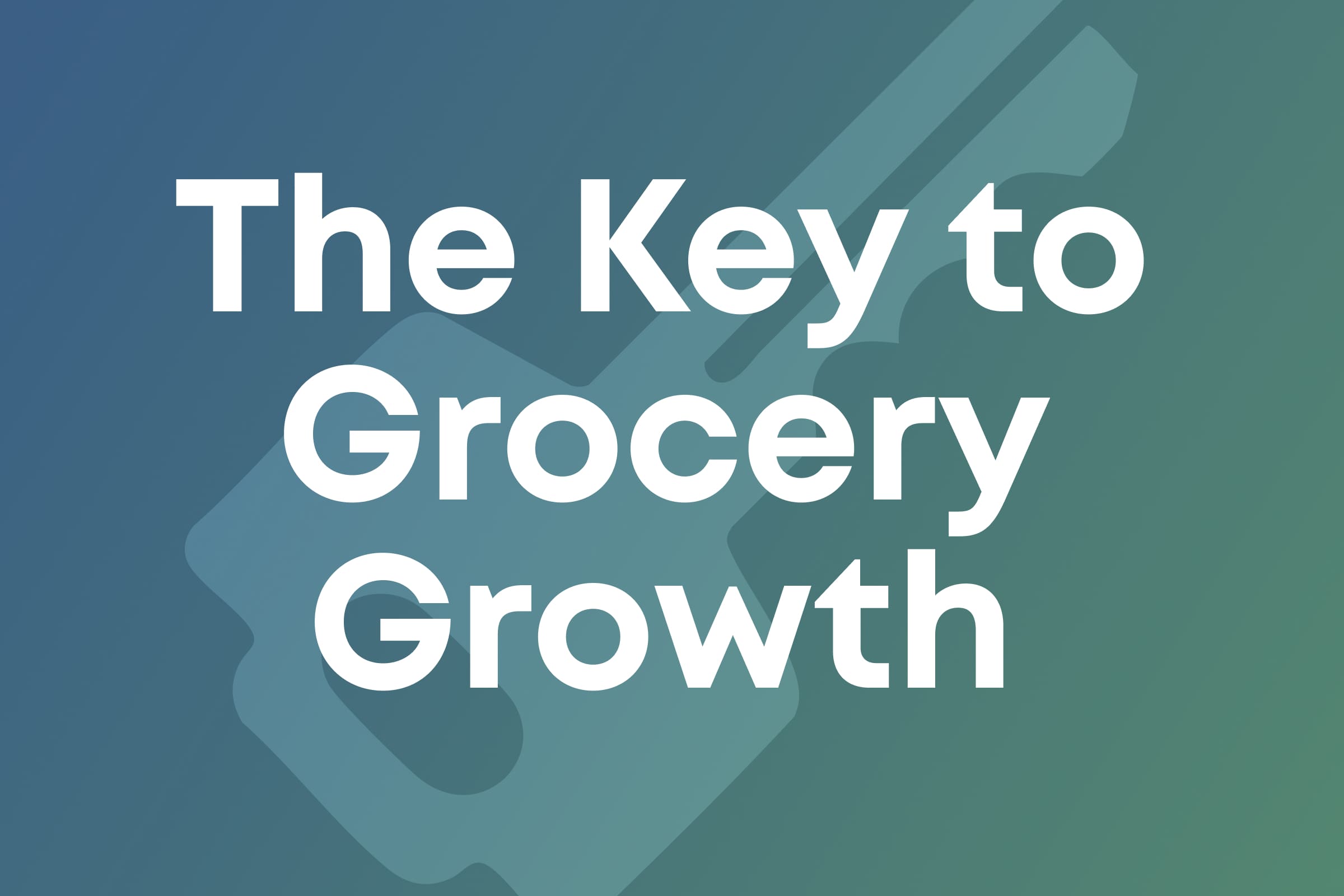3 Ways to Improve Brand Awareness with Retail Media
Sean Turner
In the ever-competitive retail landscape of today, brands find themselves compelled to discover innovative methods to swiftly capture the attention of shoppers and provide the personalized experiences they crave.
Retailers are currently navigating intricate challenges, including a saturated and fiercely competitive marketplace, persistent inflation, and economic uncertainties. To gain a decisive advantage and uncover new avenues for profitability, retailers must embark on a journey to fortify their brand awareness and transform first-time visitors into dedicated, loyal customers.
The foundation of strengthening brand awareness lies in comprehending the evolving needs of your audience and adapting accordingly as these needs undergo inevitable transformations. In this discussion, we will delve into three distinct ways in which retail media is emerging as a potent ally for retailers, empowering them to cultivate deeper, more meaningful relationships with their audiences. These relationships, in turn, manifest as increased revenue and unwavering loyalty.
What is Retail Media?
Gone are the days when retail media exclusively applied to in-store marketing tactics, like physical ads, sampling, loyalty punch cards, coupons, and infomercials. Today, retail media has evolved far beyond the walls of brick-and-mortar stores to vast advertising networks on e-commerce websites, mobile apps, or social platforms.
Retailers may own entire retail media networks directly (think Walmarts or Target), or work with independent media agencies or brands like Amazon. These retail media networks operate one of two ways: either connecting online channels exclusively or linking in-store purchase data with online touchpoints. The outcome is a highly personalized shopping experience from start to finish—and a stronger shopper-retailer connection.

How to Improve Brand Awareness with Retail Media
1. Know Your Target Audience
The best way to reach your audience? Know who they are. Retail media enables brands to deliver a more personalized shopping experience that understands shoppers’ behavior from before they even leave their house, while they’re browsing the aisles, at checkout, and beyond. This means retailers can create a one-of-a-kind experience that honors shoppers’ unique preferences, recommending relevant products, promotions, and discounts in a timely manner.
2. Apply Omnichannel Strategies
Part of knowing your target audience is meeting them where they are. In today’s retail environment, that’s on their mobile device. In fact, a global survey by Sinch found that 92% of consumers would message a chatbot to check if a product is in stock before making a trip to the store, while 73% of shoppers prefer to make purchases on their mobile phones after visiting a store. By embracing retail media that advertises to shoppers both in-store and online, you can meet the needs of a wider audience and build lasting loyalty in the process.
3. Leverage First-Party Data
As third-party cookies are phased out by tech giants like Apple, Firefox, and Google, first-party data is essential to creating an individualized shopping experience. Rather than violating their privacy, first-party data guarantees that shoppers directly consent to giving information about their web or mobile app behavior, in-store interactions, and purchase history. That way, you can deliver more precise personalization to shoppers, and make more informed business decisions that lead to increased loyalty, growth, and revenue.
Ready to Embrace Retail Media?
With a retail media partner Swiftly, you can build an unforgettable shopping experience that shoppers return to time and time again. By leveraging first-party data, you’ll better understand shoppers’ wants and needs, while protecting their personal information and providing a closed-loop shopping experience that bolsters sales and promotes long-term loyalty.
Contact Swiftly today to get started with retail media technology.




